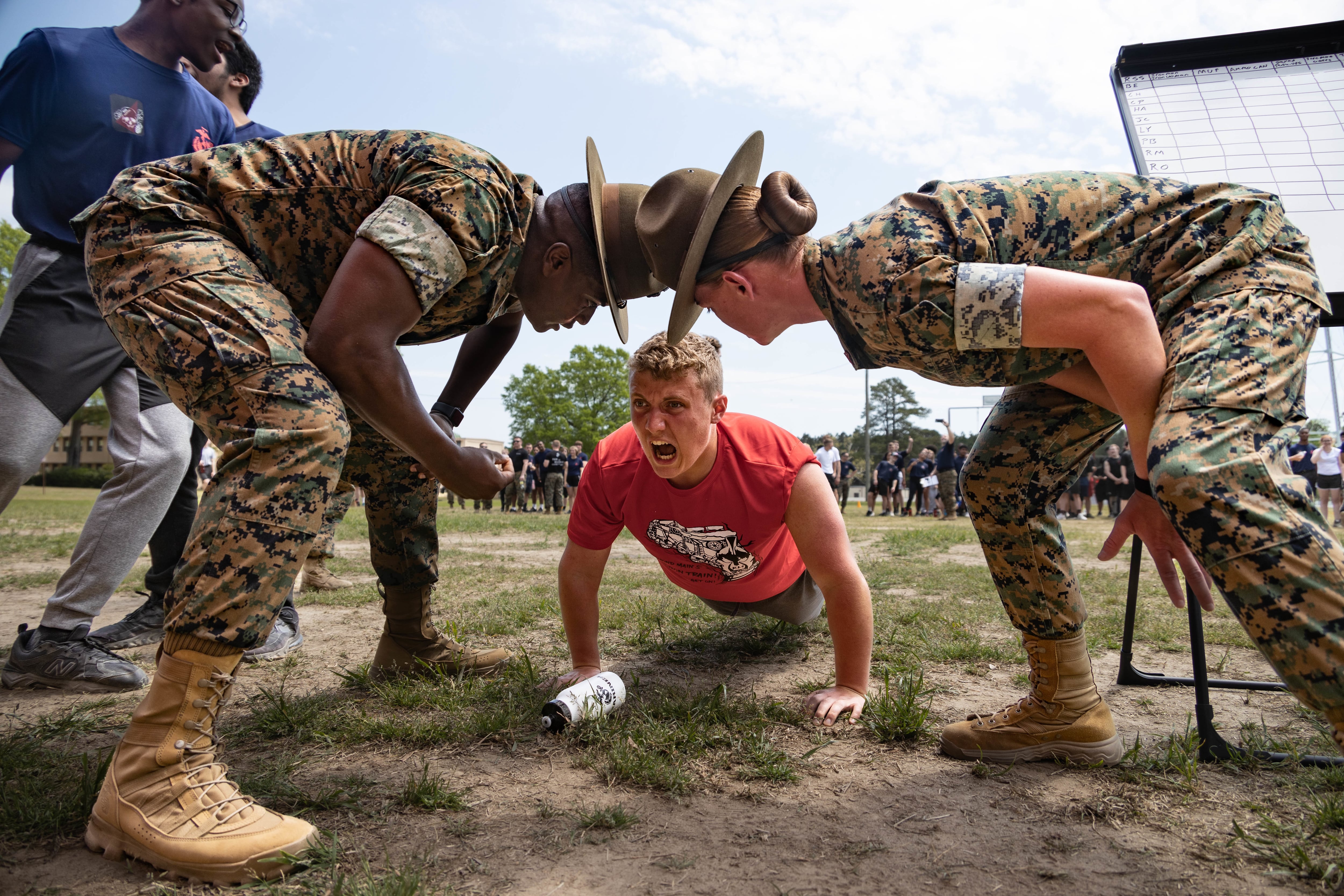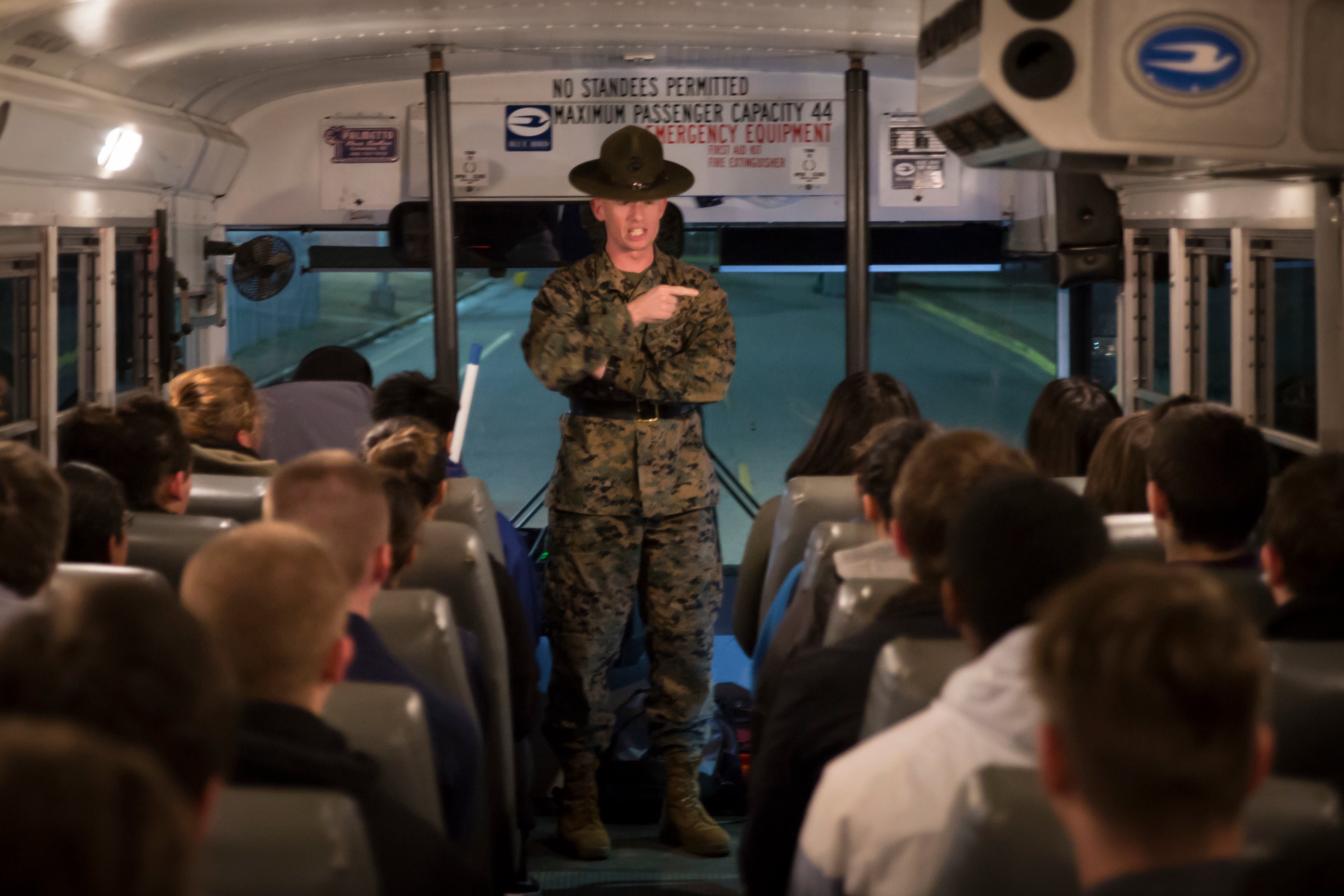The Army, Navy and Air Force are preparing to miss their recruiting goals by thousands this year, service leaders said Wednesday.
The Army is projecting the largest shortfall of all, as it did last year, proving to be the bellwether for recruiting crunches across the armed services, at a time when the Defense Department is trying to grow its overall ranks by about 12,000.
The Marine Corps will meet its fiscal 2023 goal of 29,000 new Marines, Assistant Commandant Gen. Eric Smith told the House Armed Services Committee, while Vice Chief of Space Operations Gen. David Thompson told the panel his service’s recruiting challenges will depend entirely on what happens with the other services. The Space Force depends on the other military branches to transfer experienced officers and enlisted troops to grow as a new service.
“While we’re doing very well in recruiting off the street, as the other services have challenges in their recruiting, it becomes more difficult for them to release folks for interservice transfer,” Thompson said of the Space Force’s goal to bring in 700 personnel from the other branches, in addition to 700 new recruits.
The Army, with roughly five months left to meet its FY23 goal, is projecting to bring in about 55,000 active duty soldiers, well short of its 65,000 target.
“Right now we’re doing better than we were doing,” Army Vice Chief of Staff Gen. Randy George told lawmakers.
That goal is higher than last year’s, George added, when the service ended up 15,000 short of its 60,000 goal for FY22, sparking a rash of national headlines about the military’s struggle to bring in an ever-shrinking pool of young people.
RELATED

The Navy expects to fall about 6,000 short of its goals, Vice Chief of Naval Operations Adm. Lisa Franchetti said, which is better than what her service projected earlier this year.
The service met its active duty enlisted recruiting goal last year, draining its delayed entry program to meet the mission, as well as falling short on new officers and reservists.
Now in 2023, those new sailors — who would have been waiting to ship this year — are already in service and can’t be counted toward this year’s 40,000 active duty goal.
“On this path, about 10,000 short,” Air Force Vice Chief of Staff Gen. David Allvin said, though his numbers included the Air National Guard and Air Force Reserve.
On the active duty side, he said, they are expecting to be about 3,400 airmen short of their goal of about 27,000.
While the services have pointed to low unemployment and the COVID-19 pandemic as roadblocks to recruiting, some pundits and lawmakers have argued that DoD policies ― including diversity training and efforts to tamp down on violent, domestic extremism ― have deterred many Americans from conservative communities from signing up, while advocates on the left say a lack of progress on those issues impacts recruiting as well.
RELATED

A Military Times investigation found that many recruiters are having to turn away candidates they otherwise would have brought in because of Military Health System Genesis, a new program that compiles comprehensive medical records.
The services previously relied on prospects to self-report past medical diagnoses or treatment, allowing them to withhold potentially disqualifying information.
Genesis “is not the root cause behind the services failing to meet their recruiting mission,” Lisa Lawrence, a Pentagon spokeswoman, told Military Times.
Asked during the hearing whether the services are collecting data on their particular recruiting challenges, each service vice chief nodded.
“That’s underway and will continue,” Allvin said.
Meghann Myers is the Pentagon bureau chief at Military Times. She covers operations, policy, personnel, leadership and other issues affecting service members.









